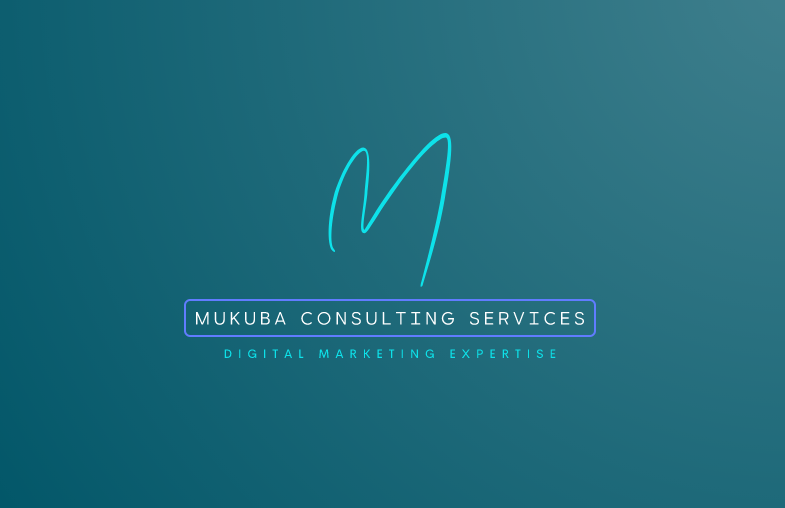In the digital marketing landscape, AI has revolutionized the way businesses connect with their target audience. It enables marketers to leverage vast amounts of data and make data-driven decisions to optimize their advertising efforts.
Google Ads, Google’s online advertising platform, has incorporated AI to enhance the effectiveness and efficiency of advertising campaigns.
In this article, we will explore how AI and Google Ads work together to create successful advertising campaigns, maximize ROI, and deliver personalized experiences to users.
Understanding AI in Advertising
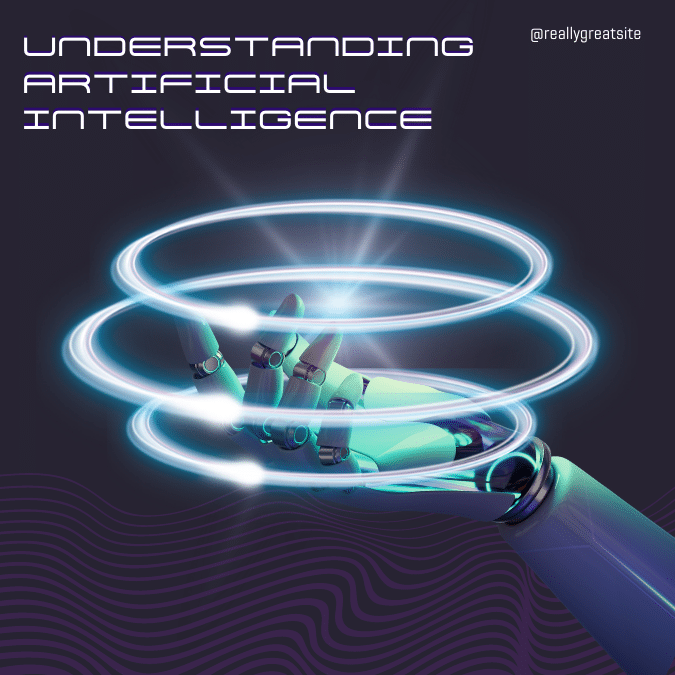
In the realm of advertising, artificial intelligence (AI) has emerged as a game-changer, revolutionizing how businesses connect with their target audience. AI refers to the simulation of human intelligence in machines to perform tasks that typically require human intelligence, such as problem-solving, learning, and decision-making.
When applied to advertising, AI algorithms analyze vast amounts of data, identifying patterns and making predictions to optimize various aspects of advertising campaigns.
AI in advertising empowers marketers with the ability to leverage data-driven insights to make informed decisions and enhance the effectiveness of their campaigns.
By harnessing AI, advertisers can gain a deeper understanding and insights into their target audience, allowing them to deliver more personalized and relevant advertisements. This, in turn, leads to improved engagement, higher conversion rates, and ultimately, increased return on investment (ROI).
AI-powered Ad Targeting
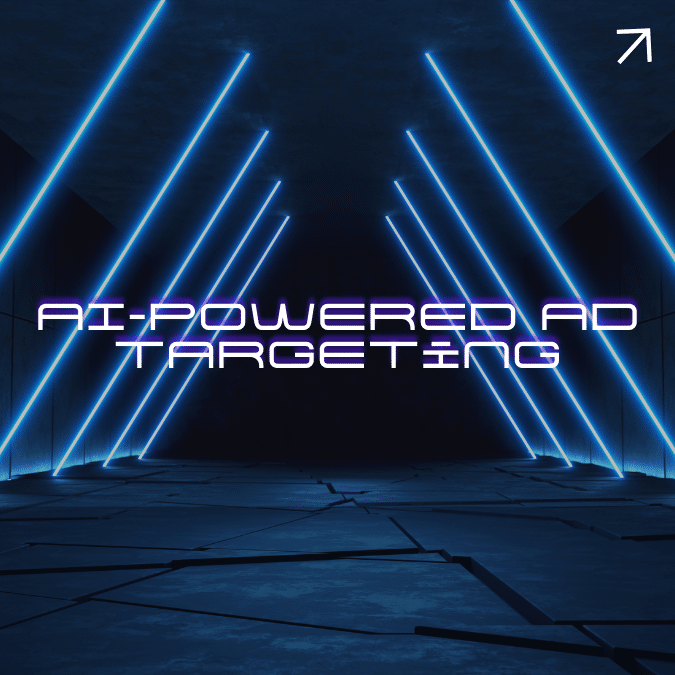
AI-powered ad targeting has revolutionized the advertising landscape, enabling businesses to reach their target audience with unprecedented precision and relevance.
Traditional advertising methods often relied on broad targeting approaches, resulting in ads being shown to a wide range of users, including those who may not have a genuine interest in the product or service being promoted.
However, with the advent of AI, advertisers can leverage advanced algorithms to analyze vast amounts of user data, allowing them to identify the most relevant audience segments for their ads.
Understanding AI-powered Ad Targeting
AI-powered ad targeting involves the use of artificial intelligence algorithms to analyze diverse sets of user data, such as demographics, interests, online behavior, and previous interactions with ads.
By processing and understanding this data, AI algorithms can identify patterns and insights that help advertisers create highly targeted and personalized advertising campaigns.
Precision in Audience Segmentation
AI-powered ad targeting allows businesses to go beyond basic demographic information to segment their audience with precision. AI algorithms can analyze various data points to understand the specific characteristics, preferences, and behaviors of individual users.
This enables advertisers to create audience segments based on factors such as interests, purchase history, browsing behavior, location, and more.
By understanding the unique traits of different segments, businesses can tailor their ad messages to resonate with each specific group, increasing the likelihood of engagement and conversions.
Real-time Decision-making
One of the key benefits of AI-powered ad targeting is the ability to make real-time decisions based on user data. As users interact with digital platforms, AI algorithms continuously analyze their behavior and adjust targeting parameters accordingly.
This real-time decision-making allows advertisers to serve ads to users who are most likely to engage with them at any given moment. For example, if a user displays a particular interest or intent, AI algorithms can identify this in real-time and deliver ads that align with their current needs or preferences.
Dynamic Ad Campaign Optimization
AI-powered ad targeting not only helps in identifying the right audience segments but also enables the dynamic optimization of ad campaigns. AI algorithms analyze the performance data of different ad variations and continuously optimize campaigns to maximize results.
For instance, if a certain ad variation performs exceptionally well with a specific audience segment, the algorithm can allocate more budget to that variation or even generate new variations based on the successful elements.
This iterative optimization process ensures that ad campaigns are continuously refined for better performance and higher ROI.
Automated Bidding Strategies
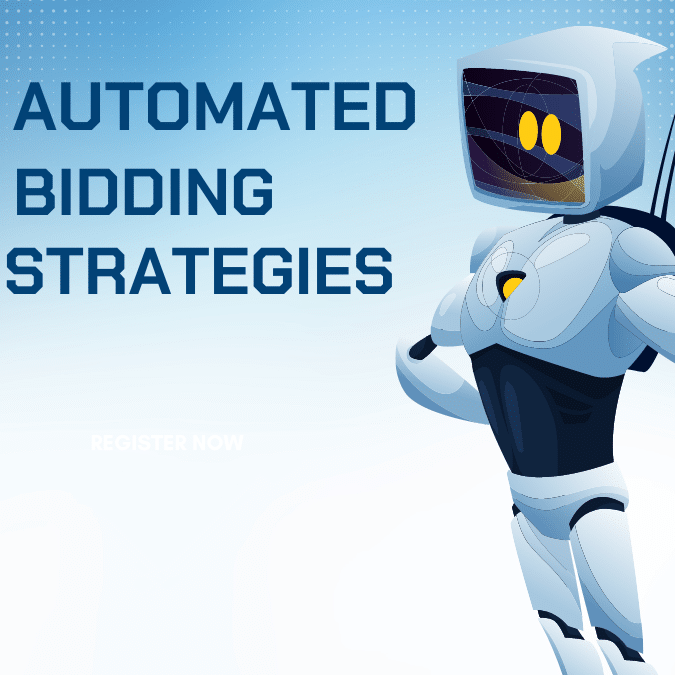
Automated bidding strategies involve the use of AI algorithms to automatically adjust bid amounts for ads in real time.
These algorithms take into account various factors, including user intent, ad quality, historical performance data, and conversion probabilities, to determine the optimal bid for each ad auction.
By continuously analyzing and interpreting vast amounts of data, automated bidding strategies can make data-driven decisions that maximize the desired campaign objectives, such as conversions, clicks, or impressions.
Benefits of Automated Bidding Strategies
- Time and Resource Savings: Automated bidding eliminates the need for manual bid adjustments, saving advertisers valuable time and resources.
Instead of constantly monitoring and adjusting bids, advertisers can rely on AI algorithms to optimize bids automatically, freeing up their time to focus on other strategic aspects of their advertising campaigns.
- Improved Precision: AI algorithms can process and analyze large datasets to make bid adjustments with high precision.
By considering various factors and patterns, automated bidding strategies can optimize bids based on user behavior and intent, resulting in more targeted and relevant ad placements.
This precision helps advertisers reach their desired audience more effectively, leading to improved campaign performance.
- Real-time Adaptability: Automated bidding strategies excel at making real-time bid adjustments based on changing market dynamics.
As user behavior and auction conditions fluctuate, the algorithms can quickly adapt bid amounts to maximize the chances of achieving campaign goals.
This adaptability ensures that bids remain competitive and responsive to evolving market conditions.
- Efficient Budget Allocation: Automated bidding helps advertisers allocate their budget more efficiently. By considering factors such as conversion rates, cost-per-click (CPC), and return on ad spend (ROAS), the algorithms can allocate the budget to the most promising ad opportunities. This strategic budget allocation optimizes campaign performance and maximizes the ROI for advertisers.
Types of Automated Bidding Strategies
- Target CPA (Cost-Per-Acquisition): This strategy aims to achieve a specific cost-per-acquisition goal. The algorithm automatically adjusts bids to maximize conversions at or below the set target CPA.
- Target ROAS (Return on Ad Spend): This strategy aims to achieve a specific ROAS goal. The algorithm adjusts bids to maximize the overall return on ad spend, considering the value of conversions and the assigned ROAS target.
- Maximize Conversions: This strategy focuses on maximizing the total number of conversions within a given budget. The algorithm automatically adjusts bids to prioritize opportunities with a higher likelihood of conversions.
- Enhanced Cost-Per-Click (ECPC): This strategy optimizes bids to increase conversions while maintaining or reducing the cost-per-click. The algorithm adjusts bids for specific auction scenarios to maximize conversion potential.
- Maximize Clicks: This strategy aims to generate the maximum number of clicks within a specified budget. The algorithm adjusts bids to prioritize opportunities with a higher likelihood of driving clicks.
Implementing Automated Bidding Strategies Effectively
To effectively implement automated bidding strategies, advertisers should consider the following:
- Campaign Goals: Clearly define the campaign goals, whether it’s maximizing conversions, clicks, or ROAS. Select an automated bidding strategy aligned with the desired outcome.
- Historical Performance Data: Ensure sufficient historical performance data exists to enable the algorithms to make informed bidding decisions. This data provides insights into user behavior, conversion patterns, and performance trends.
- Monitoring and Adjustments: Regularly monitor campaign performance and make necessary adjustments. While automated bidding strategies optimize bids automatically, monitoring performance allows advertisers to identify any potential issues or opportunities for further optimization.
- Testing and Experimentation: Test different automated bidding strategies and compare results to identify the most effective approach for specific campaign objectives. Experimentation helps refine bidding strategies and optimize performance.
- Combining Manual and Automated Control: Consider utilizing a combination of manual bid adjustments and automated bidding strategies. Manual adjustments can be used to fine-tune bids for specific situations or take advantage of market trends that may not be captured by automated algorithms.
Ad Copy Optimization
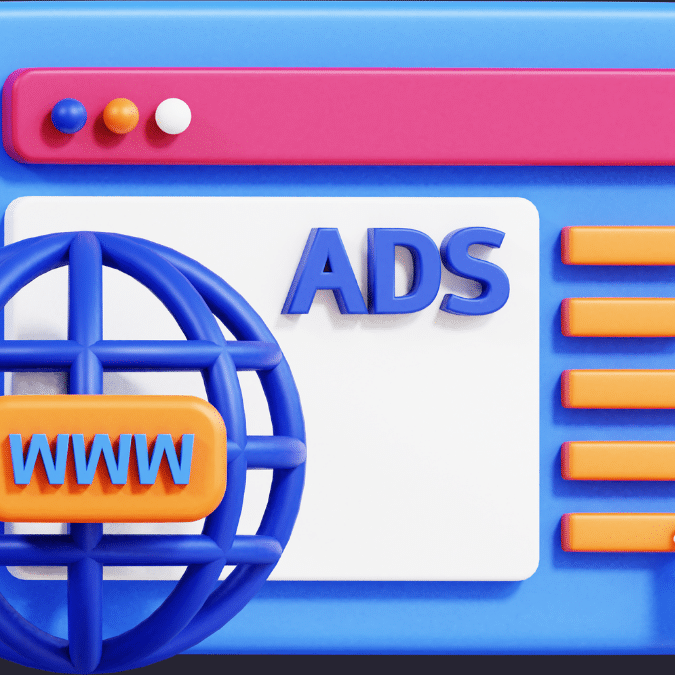
Ad copy optimization focuses on creating compelling and persuasive messages that resonate with the target audience. It involves careful consideration of various elements, including the headline, body text, call-to-action, visuals, and overall tone.
The goal is to captivate the audience, communicate the unique selling points, and motivate them to take the desired action, such as making a purchase, signing up for a service, or clicking on the ad.
Creating compelling and persuasive ad copies is a crucial element of successful advertising campaigns. AI plays a vital role in optimizing ad copies by leveraging data analysis and machine learning.
AI algorithms analyze vast amounts of historical performance data to identify patterns and trends that contribute to higher engagement and conversion rates.
Based on these insights, AI can generate ad variations that are more likely to resonate with the target audience. By testing and refining different ad copies, advertisers can continuously optimize their messaging and creative elements to improve campaign performance.
Leveraging AI for Enhanced User Experience
AI technologies offer valuable opportunities to enhance user experience further. Here’s how advertisers can leverage AI in UX optimization:
- Behavioral Analysis: AI algorithms can analyze user behavior data to identify patterns, preferences, and pain points. This analysis helps advertisers understand user journeys and make data-driven decisions to improve the UX.
- Recommendation Engines: AI-powered recommendation engines can suggest personalized content, products, or services based on user preferences, browsing history, and behavioral data. These recommendations enhance user engagement, increase time spent on the site, and drive conversions.
- Chatbots and Virtual Assistants: AI-powered chatbots and virtual assistants can provide instant support and assistance to users, enhancing the overall experience. These AI-driven conversational agents can answer queries, provide recommendations, and guide users through their journey, improving satisfaction and engagement.
- Sentiment Analysis: AI algorithms can analyze user feedback, reviews, and social media sentiment to understand user satisfaction levels. This information helps advertisers identify areas for improvement and take proactive measures to address user concerns.
Continual Optimization and Adaptation
Enhanced user experience is an ongoing process that requires continual optimization and adaptation.
Advertisers should regularly analyze user feedback, conduct usability testing, and monitor key performance indicators to identify areas of improvement.
By staying attuned to user needs, behaviors, and emerging trends, advertisers can ensure that their digital assets deliver a seamless and delightful experience that keeps users engaged and satisfied.
Conclusion
AI has revolutionized the advertising industry, and Google Ads has embraced its power to enable businesses to create successful advertising campaigns.
With AI-powered ad targeting, automated bidding strategies, ad copy optimization, and performance monitoring, advertisers can maximize their ROI and deliver personalized experiences to their target audience.
As AI continues to evolve, the future of advertising with Google Ads holds immense potential for further advancements.
